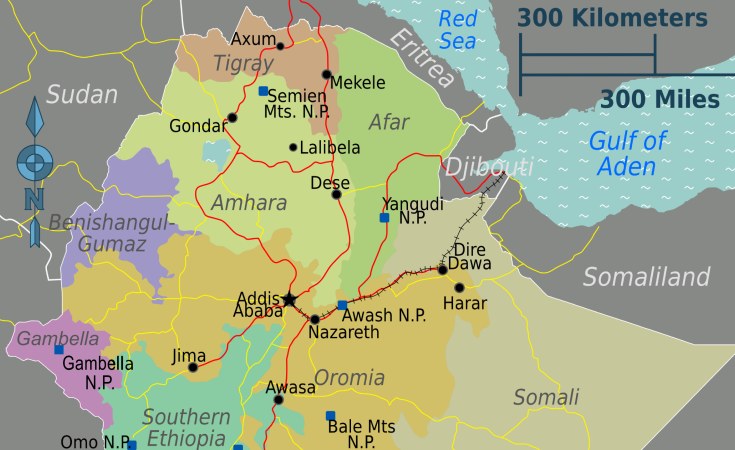Addis Abeba — A new report reveals the dire state of living conditions in five internally displaced person (IDP) sites across the North and South Wollo zones of the Amhara region, where nearly 15,000 displaced individuals currently reside. The "severely deteriorating" conditions are attributed to overcrowded, damaged, and aging shelters that, according to the report, "were never intended for extended use."
The field report, conducted by the Ethiopia Emergency Shelter & NFI Cluster, the coordinating body for humanitarian shelter and settlements, disclosed that numerous displaced families residing in the Jara, Jari 1, Jari 2, Mekaneyesus, and Gerba Degan IDP sites are "crammed into communal spaces or damaged structures," resulting in a lack of privacy and minimal safety. It also noted that "people with disabilities lack any specialized accommodations."
Non-food item (NFI) conditions were described as equally critical. "The last full distributions occurred in 2022 for most sites; subsequent support has been scarce and inconsistent," the report stated.
The Amhara region continues to experience one of Ethiopia's most complex humanitarian crises, largely driven by conflict-induced displacement from neighboring regions, including Oromia, Afar, Benishangul-Gumuz, and Tigray. According to the report, the already dire conditions in these IDP sites are "further compounded by insecurity and service disruptions within the region."
As of early 2025, more than 660,000 individuals have sought refuge in the Amhara region from these conflict-affected areas. The displaced people are currently residing in 31 IDP sites and collective centers across seven administrative zones.
The report highlights that the North and South Wollo zones host the largest portion of the displaced population living on-site, accounting for 55% of all IDP sites and collective centers in the region.
"Although limited return efforts were initiated in early 2024, prospects for large-scale return, relocation, or other durable solutions remain minimal," the report noted. "There remains uncertainty surrounding the future of many IDPs and
Last year, Addis Standard reported that thousands of individuals residing at the Jara IDP center in North Wollo Zone faced a severe shortage of food.


